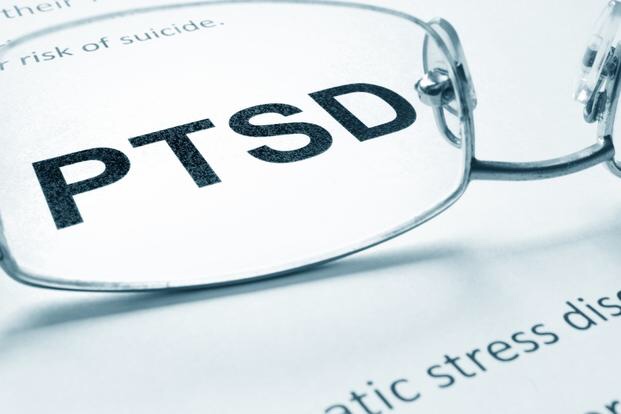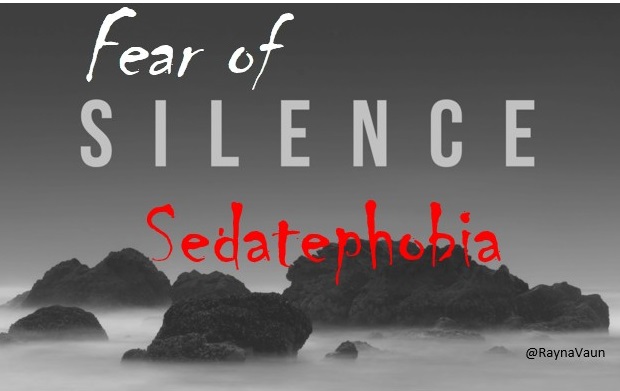Something for parents and teens.
According to the Theory of Narrative Identity, developed by scholar and researcher Dr. Dan McAdams, we form our identity by integrating our life experiences into an internalized, evolving story of ourselves which gives a sense of unity and purpose to our lives.
This life narrative integrates our reconstructed past, perceived present, and imagined future. All three coexist at the same time. Hence, from an experiential standpoint, the past, present, and future are not separate and linear, but holistic and co-occurring.
In other words, your past, present, and future are all happening right now—at least in your mind. As American writer and Nobel Prize laureate, William Faulkner famously put it, “The past is never dead. It’s not even past.”
When you change the meaning and narrative of your past, you simultaneously change the narrative of your present and future. And vice versa.
Changing the narrative of your present and future simultaneously alters the meaning or narrative of your past.
The story we hold of ourselves is continually evolving and changing based on the experiences we are having. No, the facts about your past can’t change. But the story you tell yourself about them absolutely can change.
Unfortunately, most people are not strategic about their narrative identity. They aren’t conscious of the meaning-making process they instinctively go through in their day-to-day life, and as a result, they often shape limiting stories based on the emotions they are experiencing.
Your entire identity and view of the world is a meaning. A story. The questions to ask yourself: Is this story serving you? Is this the story you want to tell?
The story you have in your mind about the world at large and yourself as an individual is far from objective. Chances are, much of who you believe you are is based on stories that you tell yourself, that have come from experiences in your past. Potentially traumatic experiences wherein you didn’t or haven’t had an empathetic witness help you to positively and powerfully frame those experiences.
A fundamental aspect of reframing the past is to shift what was formerly seen as a negative experience into a positive one.
Having studied this for over a decade, I’ve never seen a more useful reframing technique that what Dan Sullivan calls, “The Gap and the Gain.” Continue Reading…

By: Benjamin Hardy Ph.D., https://www.psychologytoday.com









